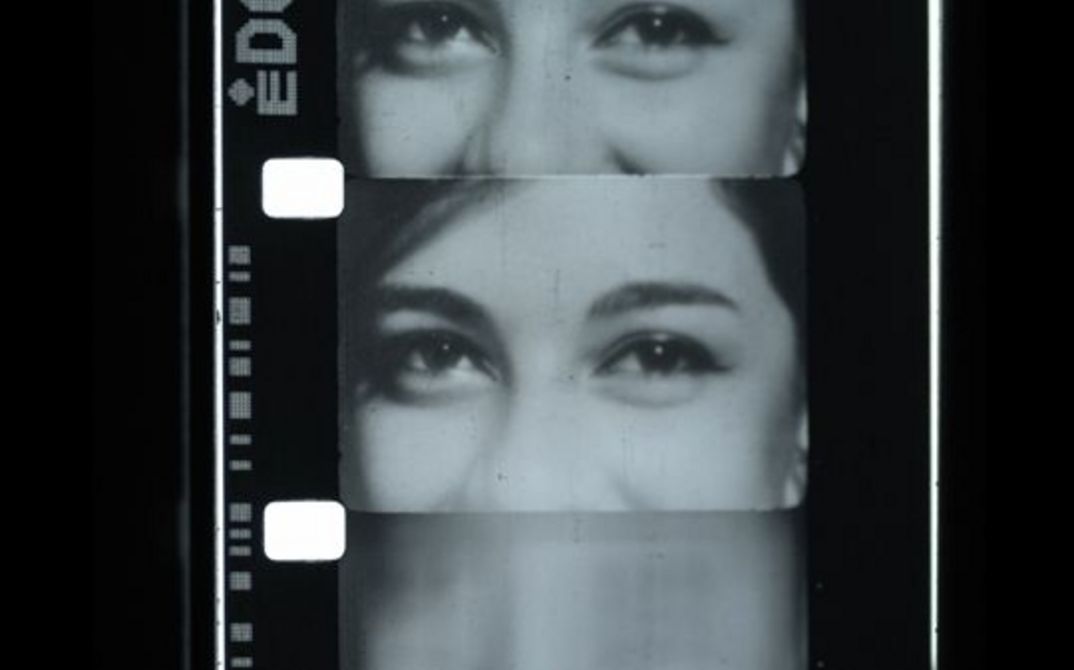The Cimatheque - Alternative Film Center, which opened in Cairo in 2014, provides a space for open discussions about cinema and its history. On offer are screenings, workshops, a library, a lab and an archive, whose stock comprises gifts from renowned cineastes, including Abdel Hamas Said who once ran the Egyptian Cinema Organization, the documentary filmmaker Atteyat El Anoudy, the animation filmmaker Ehab Shaker and the pioneer Nagy Shaker. Apart from documents, manuscripts, photographs, newspapers, reports, diaries and storyboards, the archive holds 35-mm prints and material about the important film works from the region and beyond, including less known treasures of film heritage: ephemeral material, found footage, amateur films and commercial films, newsreels, experimental documentaries or evidence of B-movies and shorts.
The Cimatheque – Alternative Film Centre’s archive was created in a context where the public had no access to their moving image history. The constantly growing collection is now freely available. It questions official writing of history and creates a space for other narratives. Thanks to one single film scanner, the archive is currently being digitized and the aim is to place a duplicate at Arsenal. This implies questions: What does it mean when a protected space needs another? How will the duplicate differ from the original (beyond the analogue/digital difference) because of its surroundings? In a series of screenings, the Cimatheque’s co-founder Tamer El Said will introduce the archive while discussing these questions. (stss) (16., 17. & 18.6.)
Program June 16: How Can We Build an Archive?
Readings from documents on Egyptian cinema produced during the 1960s and 1970s, tracing the attempt to set up an official Egyptian Cinematheque.
Program June17: Mirror Images II
A curated selection of found footage, amateur films and newsreels that reflect different moments in the history of Egyptian society.
Program June 18: Is It Really a Mirror?
Does an image have life in a different context? How does one use an archive if it has migrated to a new location? How do the surroundings of an archive define its holdings?



